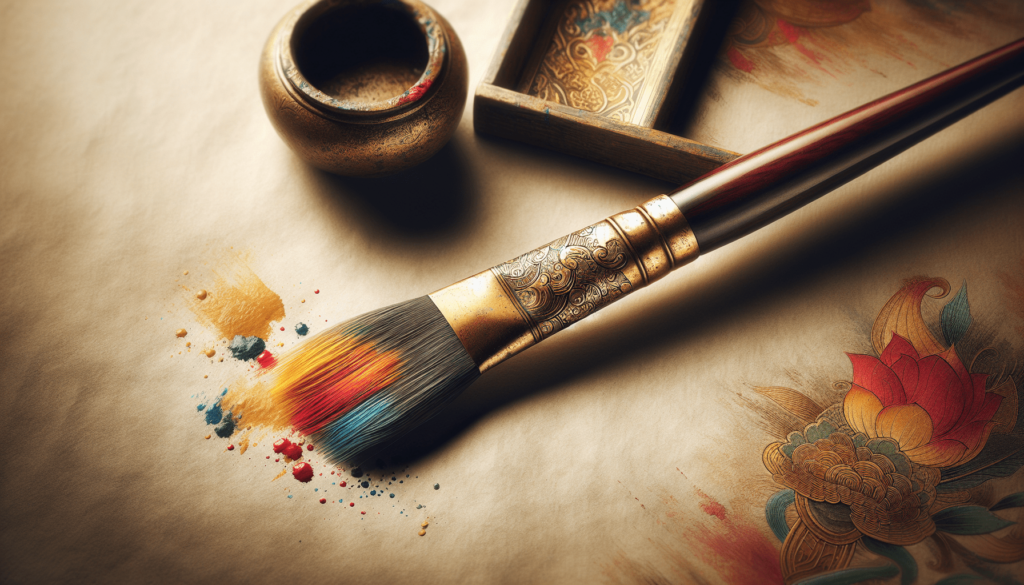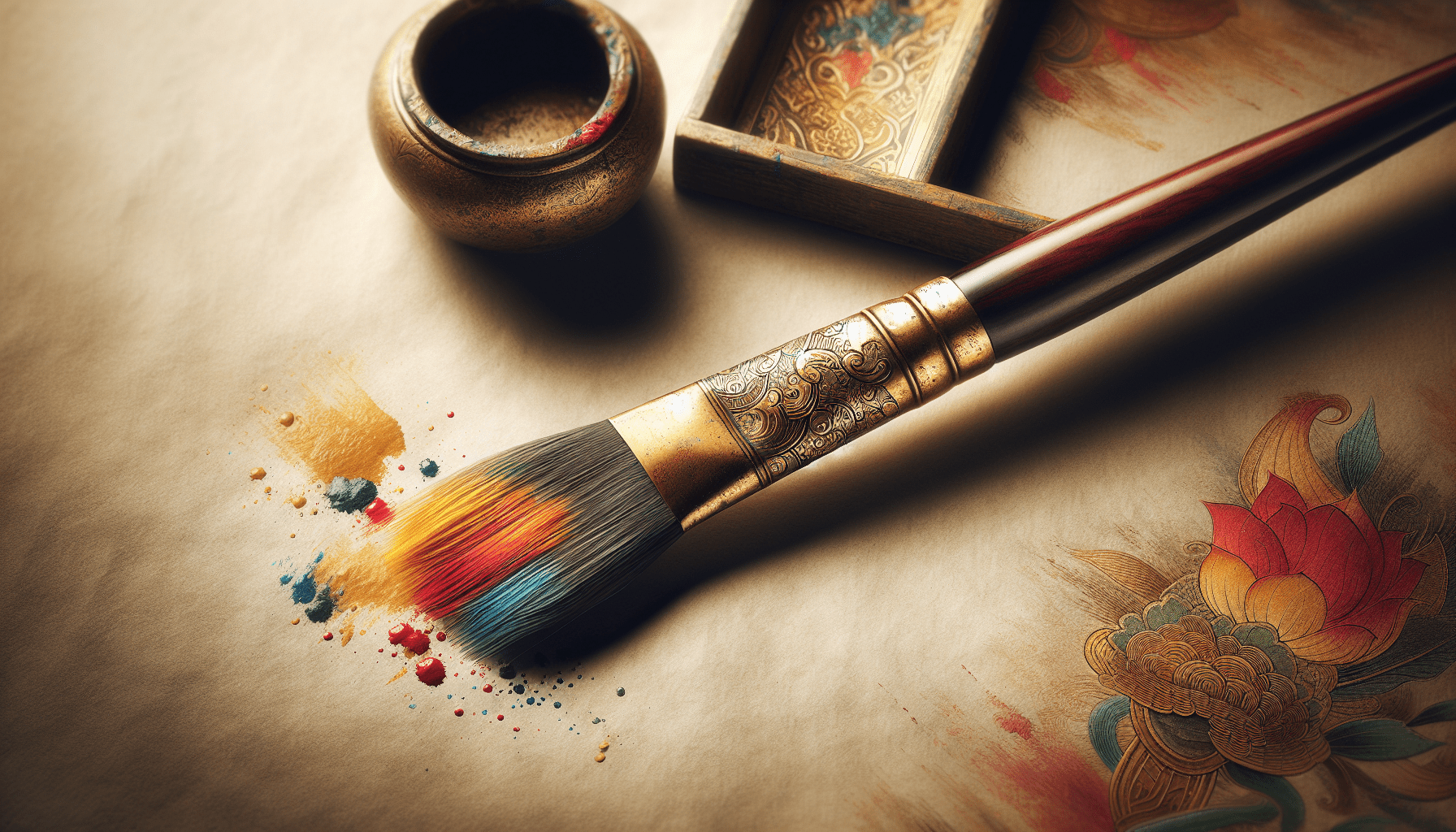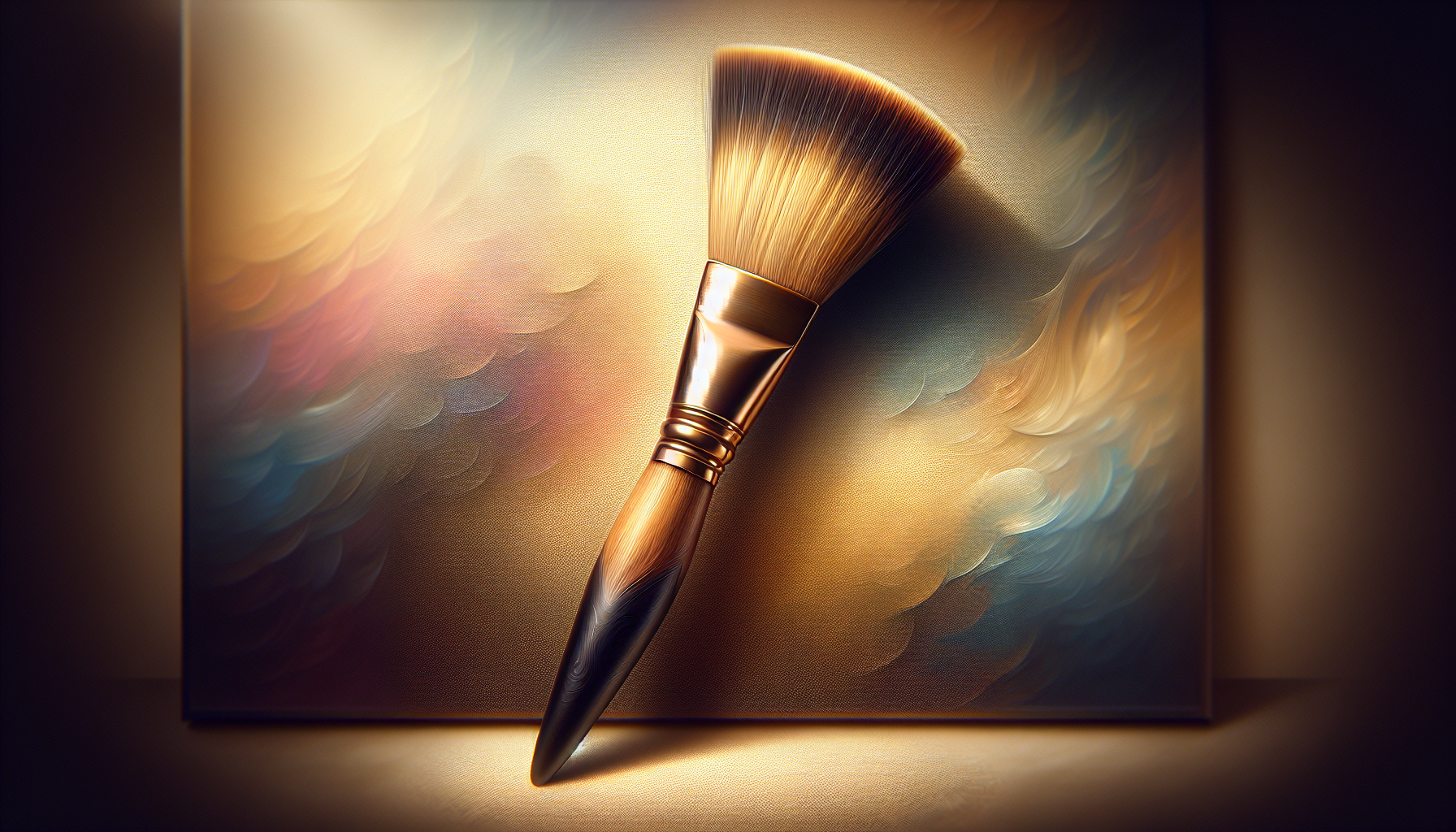In the vast castles of artistry, a tool that you frequently wield without a thought to its origins, the unassuming paintbrush, has a history as colorful as the masterpieces it creates. “Who invented the Paint Brush” peels back the layers of time to reveal some fascinating insights into the creator of this silent yet powerful instrument. As you traverse this enlightening exploration, you’ll encounter landmark discoveries, leading innovators, and the various evolutions that have allowed the paintbrush to leave an indelible mark on the canvas of art and humanity.
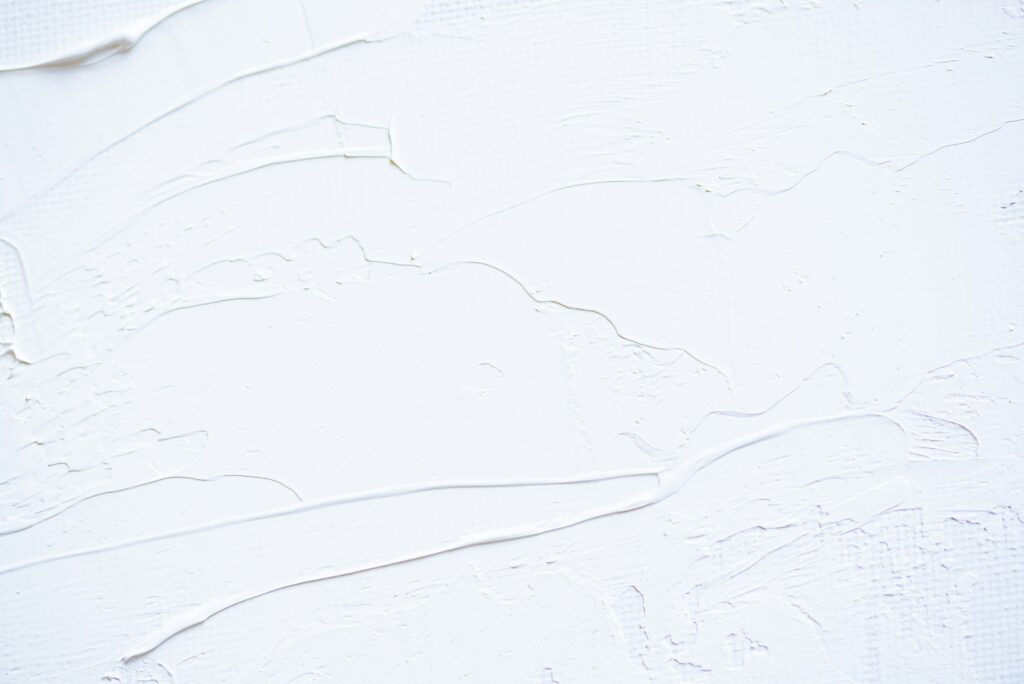
Early History of Brushes
Brushes have been a part of human history since time immemorial, playing a crucial role in the evolution of civilization. The creation of brushes allowed humans to perform tasks with a newly found level of precision. However, these early brushes were a far cry from modern brushes, largely due to the differences in available materials and technologies.
Primitive Brush Tools
Our earliest ancestors used simple tools that served as primitive brushes made from materials like sticks, bones, and hairs of various animals. They used these brushes for tasks like grooming, painting, and even cooking. The bristles were typically made from horsehair or feathers, tied to a handle made from materials like wood or bone. Even in this rudimentary form, these primitive brushes were effective in completing tasks that required a level of manipulative control that could not be achieved by human hands alone.
Development of Fine Brushes in Ancient Egypt
The ancient Egyptians were pioneers in many things, and brushes were no exception. They refined the brush-making process, creating slender and elegant brushes mainly used for writing on papyrus and painting on walls. These brushes were made with bristles from domestic animals like cats and tied to reeds or simple wooden handles. The development of these fine brushes marked an important milestone in the evolution of brushes, serving as a precursor for future advances.
Brushes in Ancient China
China’s brush history dates back to the Neolithic age. In fact, the Chinese word “文(wen)”, meaning culture or civilization, is etymologically related to the concept of the brush. Chinese brushes differed in their bristle materials, which were influenced by the local animal population. Goat, deer, wolf, and rabbit hair were commonly used. The bristles were attached to handles made of materials like bamboo or ivory. This made the brushes suitable for intricate, delicate work, particularly in calligraphy and painting.
Invention of Modern Paint Brushes
Transitioning from the pages of ancient history, the creation of the modern paint brush as we know it today has had an interesting journey.
The Influence of Leonardo da Vinci
The development of modern paint brushes was significantly influenced by the genius of Leonardo da Vinci. His tireless quest for perfection in his work led him to experiment with different brushes. He believed that the quality of a brush could significantly impact the end result of his masterpieces, hence he maintained a rigorous approach towards selecting his brushes.
First Mention of Modern Brushes
The first known reference to a modern-style paint brush was found in a manuscript from the 16th century. The manuscript referred to a “pennello,” an Italian word for brush, describing it as a device with bristles tied to a wooden handle.
The Bristle Brush Revolution
The big leap in the evolution of brushes came in the form of the bristle brush revolution. Traditional brushes were supplanted by a new and improved version, featuring densely packed bristles tightly secured with wire to a handle. This produced a brush that could hold more paint and gave the artist more control, elevating the art of painting to an entirely new level.
Contributions from Leonardo da Vinci
Leonardo da Vinci’s contribution to the world of brushes is unparalleled. His relentless pursuit of perfection led him to create new brush types and significantly influence brush design.
Leonardo’s Use of Brushes
Da Vinci was known to use a variety of brushes, each serving a specific purpose. He believed that every detail mattered, hence the selection of a paintbrush was not a trivial decision for him. This meticulousness was a reflection of his profound understanding of the art and science of painting.
Invention of New Brush Types
Driven by the objective to achieve finer control and precision, da Vinci invented new types of brushes which featured pointed and rounded tips. These brushes enabled him to create the intricate and realistic details seen in his famous masterpieces.
Impact on Brush Design
Leonardo’s inventive spirit revolutionized brush design. His influence has permeated modern brush-making methodologies, inspiring the creation of high-quality brushes capable of catering to the sophisticated needs of modern-day artists.
The Influence of Asian Brushmaking Techniques
Asian brush-making techniques have had a profound impact on the brush industry, contributing significantly to its evolution.
Influence of Chinese Brushmaking
Chinese brush-making techniques are known for their sophistication, having been refined over centuries. Their techniques involved carefully selecting animal hairs and painstakingly arranging them to form a brush with firmly held bristles. These techniques resulted in brushes with superior durability and application abilities, which made them highly sought-after by artists worldwide.
Japanese Brushmaking Techniques
Japanese brush-making techniques also played a crucial role in shaping the quality and functionality of brushes. Known for their meticulousness, Japanese artisans produced brushes with extremely fine points, largely used in traditional Japanese calligraphy and painting.
Introduction of Asian Brushes to Europe
The introduction of Asian brushes to Europe marked a significant turning point in the world of brushes. European artists were fascinated by the quality and diversity offered by these brushes, which consequently led to an increasing demand for Asian brushes and inspired local brush makers to refine their own techniques.
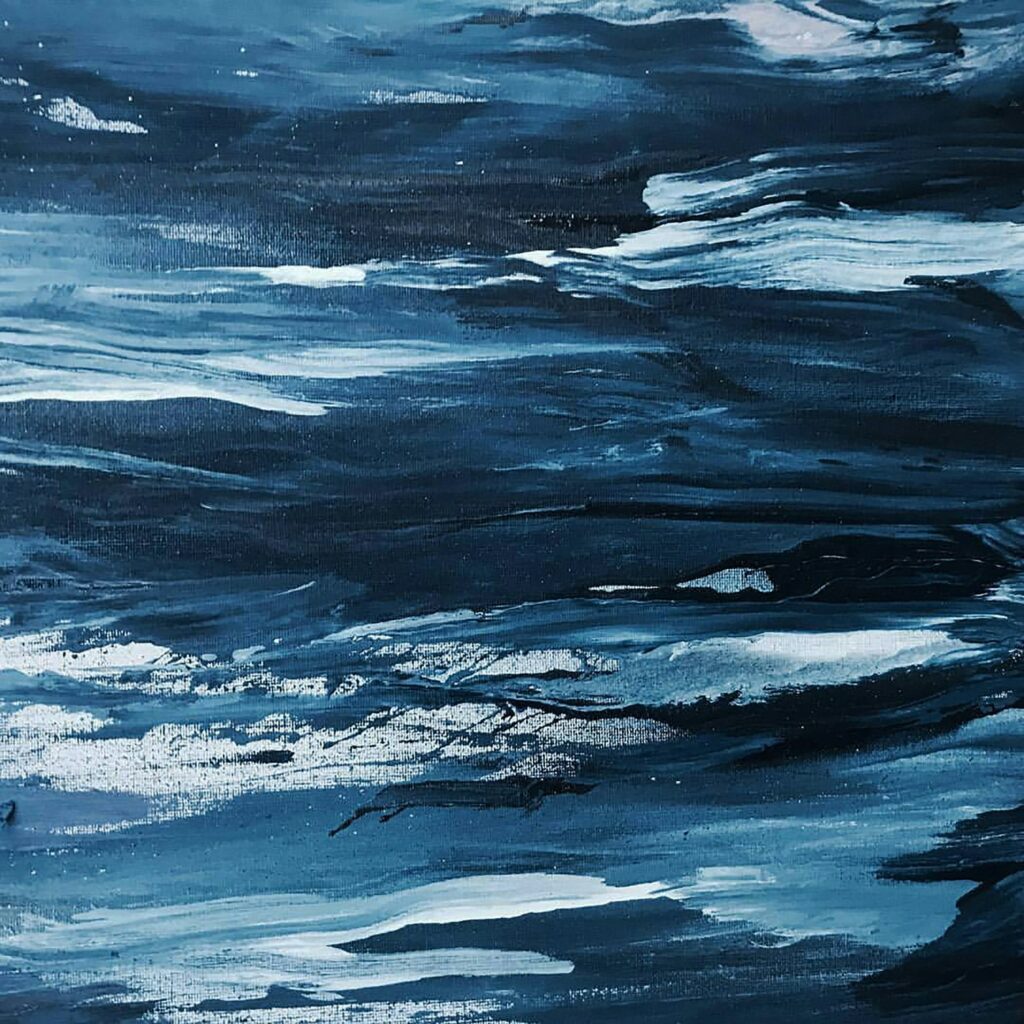
Industrial Revolution and Mass Production
The Industrial Revolution brought about remarkable changes in the production of brushes.
Invention of the Metal Ferrule
One of the noteworthy advancements was the invention of the metal ferrule – the part of the brush which holds the bristles together and attaches them to the handles. This triggered a significant shift in brush design, as the metal ferrule provided greater durability and allowed for more control over the shape and rigidity of the brush.
Rise of Brush Factories
The Industrial Revolution also saw the rise of brush factories. Mass production enabled brushes to become more affordable and accessible to the masses, thus democratizing the art world.
Evolution of Brush Materials
Over time, as technologies advanced, new materials began to replace traditional ones in the construction of brushes. Materials like plastic and synthetic fibers began to be used in place of natural hair and wood, leading to the production of brushes with greater consistency and affordable pricing.
Notable Contributors in Brush Invention
Brush invention and development are indebted to the contributions of several notable figures.
William Hogarth
William Hogarth, an eminent 18th-century English painter, popularized the use of hog bristle brushes for oil painting due to their unique stiffness and durability.
Marshall Smith
Marshall Smith, an American inventor, contributed significantly by patenting the first hair pencil in 1870. Smith’s invention formed the foundation for the development of numerous brush varieties used today.
William Reeves
William Reeves, an English businessman, introduced the production of watercolor cakes in collaboration with his brother, Thomas Reeves. This innovation led to the development of brushes specifically for watercolor painting, radically changing the landscape of the watercolor art scene.
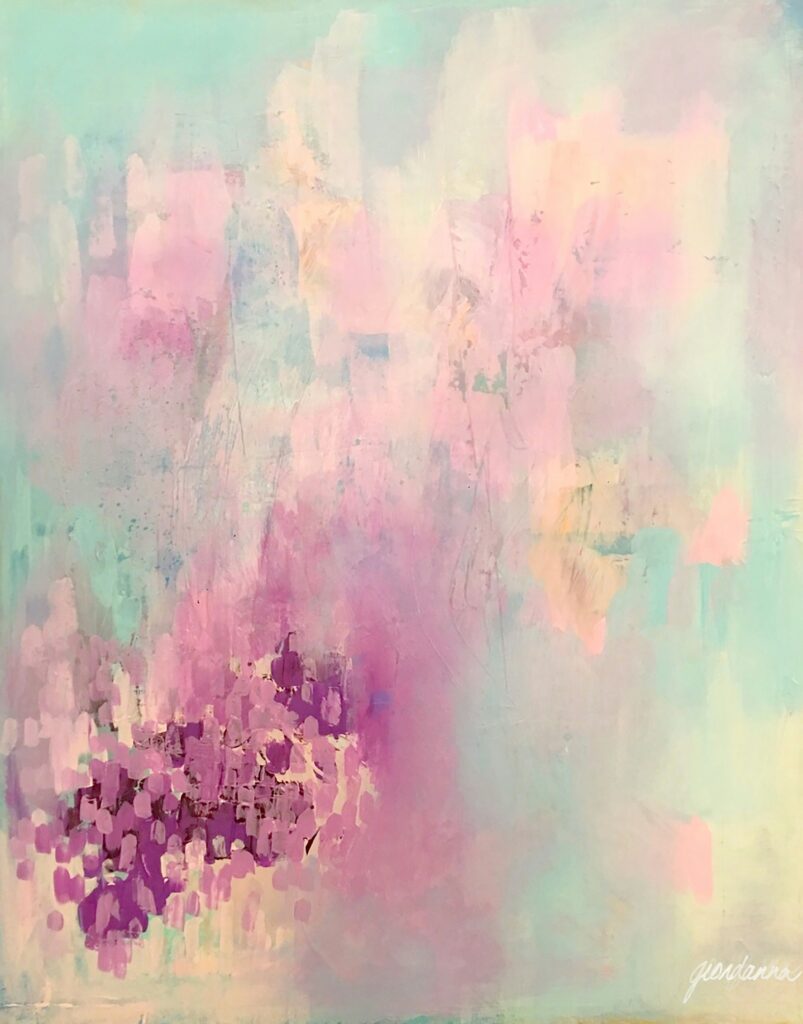
Evolution of Brush Bristles
The evolution of brush bristles has been an essential aspect of the history of brushes.
Transition from Animal Hairs
Initially, animal hairs were the primary materials used for brush bristles, sourced from animals like horses, pigs, and goats. The characteristics of the hairs, such as their stiffness and ability to hold paint, heavily influenced the performance of a brush.
Synthetic Bristles
The advent of synthetic materials in the late 19th century marked a pivotal moment in the evolution of brush bristles. Synthetic bristles offered improved durability, offering brushes capable of resisting wear and tear better than their animal-hair counterparts.
Specific Bristles for Different Mediums
The development of different types of bristles for various medium applications offers artists a wider range of options in executing their artwork. Today, artists can choose from a variety of brushes tailored to specific mediums, such as oil, watercolor, or acrylic, enabling a more honed execution of their artistic vision.
Brushes in the Modern Era
Modern-day brushes have evolved greatly, contributing significantly to the diverse range of art forms across the world.
Specialty Brushes for Various Art Forms
As different art forms emerged and evolved, the demand for specialty brushes rose. Today, brushes are designed and crafted to cater to a wide range of artistic practices, including traditional painting, digital painting, makeup application, and more.
Technological Advances in Brush Design
The influence of technology has pervaded the world of brushes as well. Modern brushes now feature innovative designs that promote longer brush life, improved grip, and better color-carrying capacity.
Sustainability and Eco-Friendly Brushes
In response to growing environmental consciousness, many manufacturers have also moved towards producing eco-friendly brushes. These brushes are made by using sustainable materials and methods that minimize environmental harm.
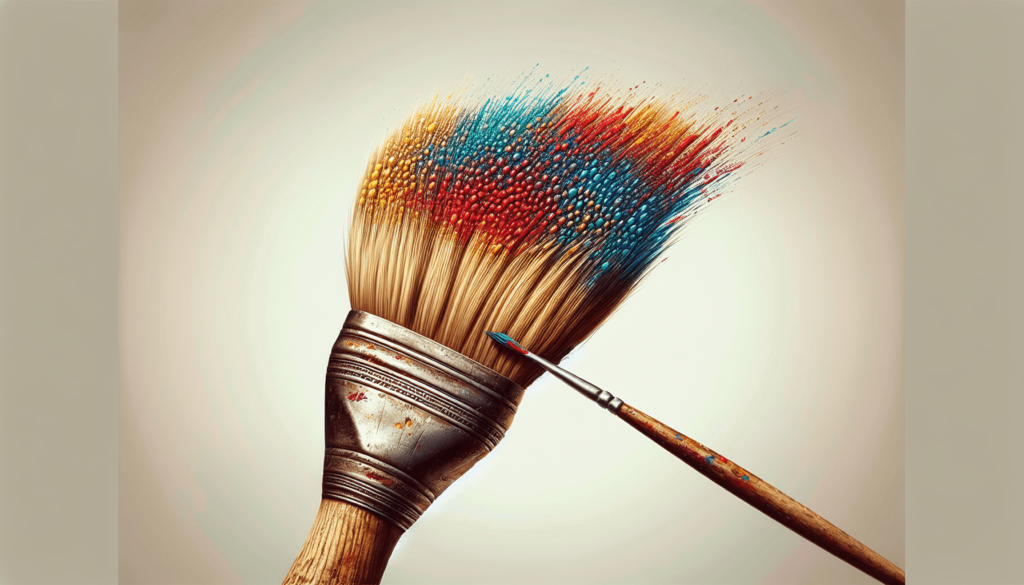
Continued Innovation and Future Trends
The realm of brushes continues to be shaped by continuous innovation and emerging trends, driven by an unending quest for improved efficiency, application, and sustainability.
Emerging Technologies in Brushmaking
Manufacturers have begun using technologies such as 3D printing to produce brushes with unique attributes, such as shapes that were previously unattainable. Advanced material science is also being applied to create brushes with specific properties like anti-static or anti-bacterial characteristics. Overall, these emerging technologies have the potential to revolutionize the way brushes are made and used.
Integration of Smart Features
The intersection of arts and technology has led to the creation of smart brushes that can interact with digital devices. These brushes artfully blend the tactile sensation of traditional brushwork with the vast capabilities of digital artistry, bringing a fresh perspective to the world of art creation.
Advancements in Ergonomics
The ergonomic design of brushes has become increasingly crucial as the world places more emphasis on user comfort and health. Brushes with ergonomic handles can minimize the stress on the hand and wrist of the artist, allowing more extended periods of use with enhanced comfort.
Conclusion
Legacy of the Inventor
The inventors of the paint brush have truly left a lasting impact on human civilization. Through their efforts, the seemingly simple tool has evolved to become an indispensable piece in the world of art and beyond.
Ever-Evolving Tool for Artists
The paintbrush is an ever-evolving tool for artists. Over the centuries, the humble brush has adapted and transformed, reflecting the changing needs of artists and the influence of technological advancements.
The Artistic Significance of the Paint Brush
Despite the influx of modern technology and digital tools, the artistic significance of the paintbrush remains undiminished. The tactile essence of brushwork, the meditative rhythm of the painting process, and the intimate connection between the artist and his canvas that a brush facilitates – these are elements that continue to offer a profound artistic experience. The paintbrush, in its many forms, will undoubtedly continue to be a cherished instrument for artists in the times to come.
